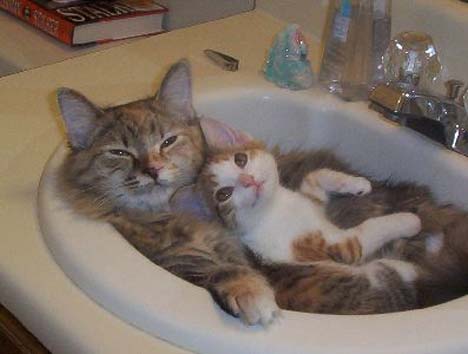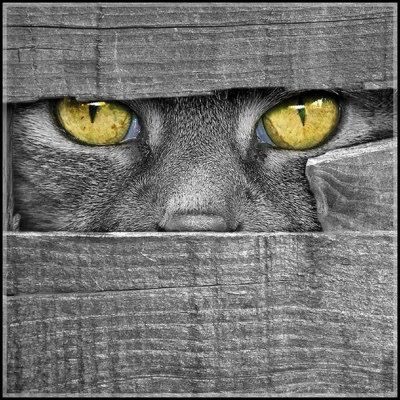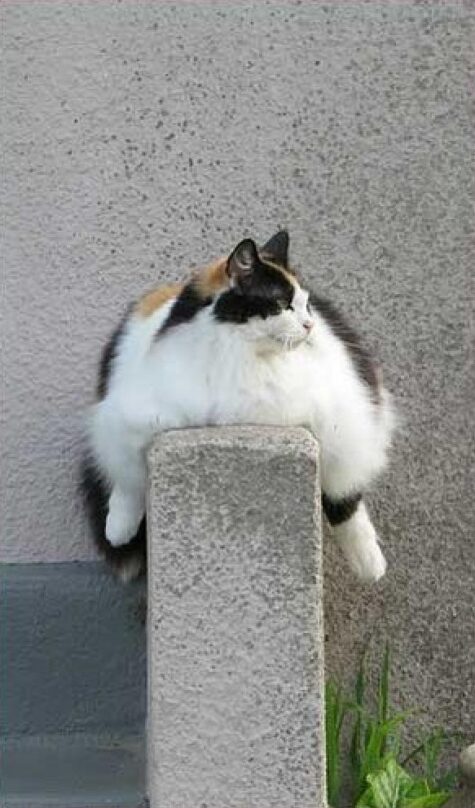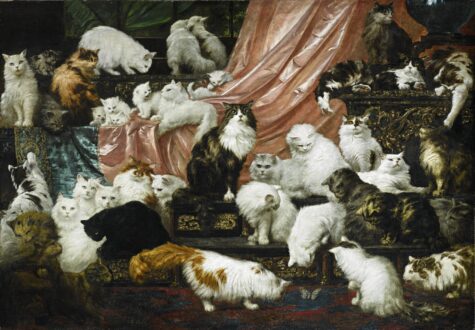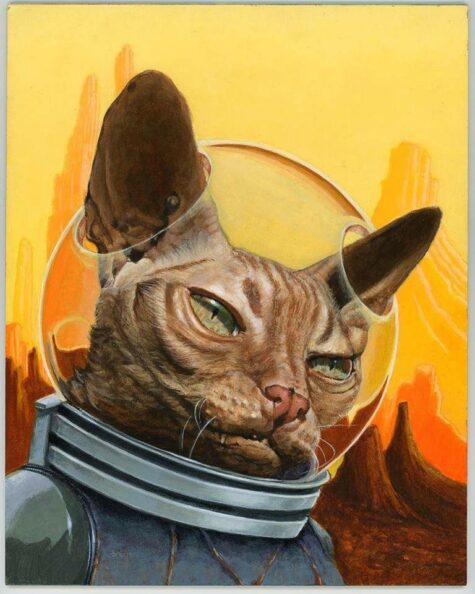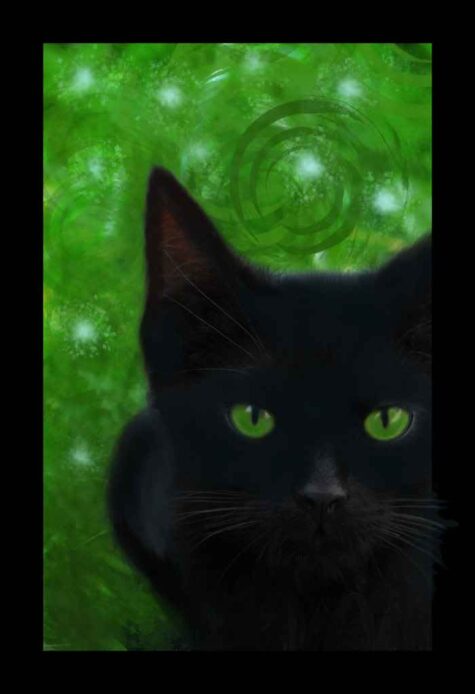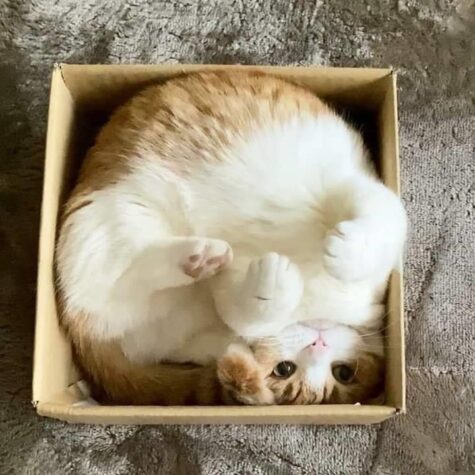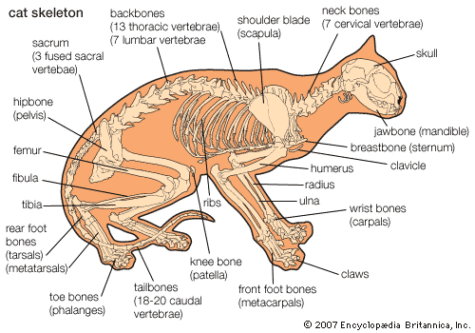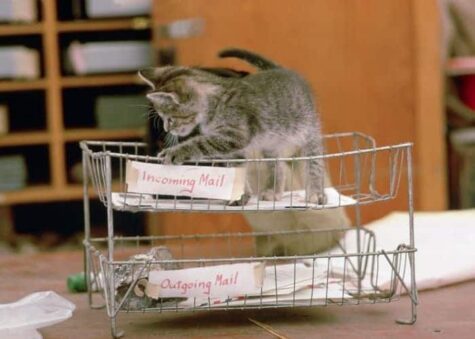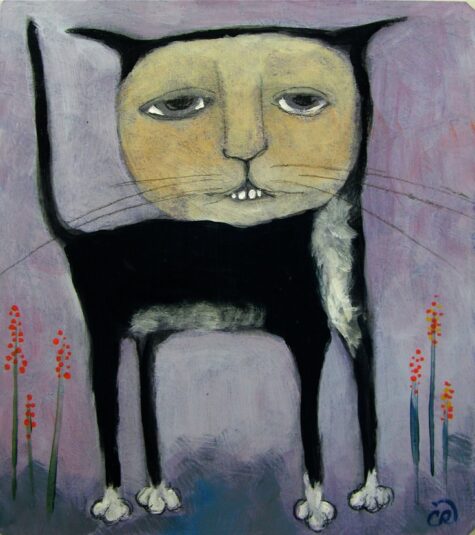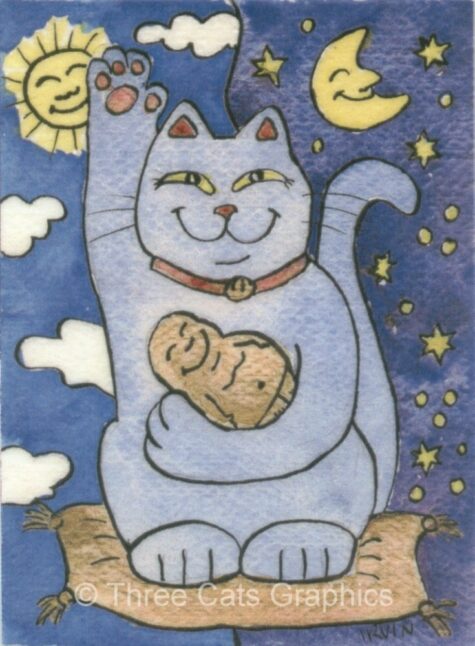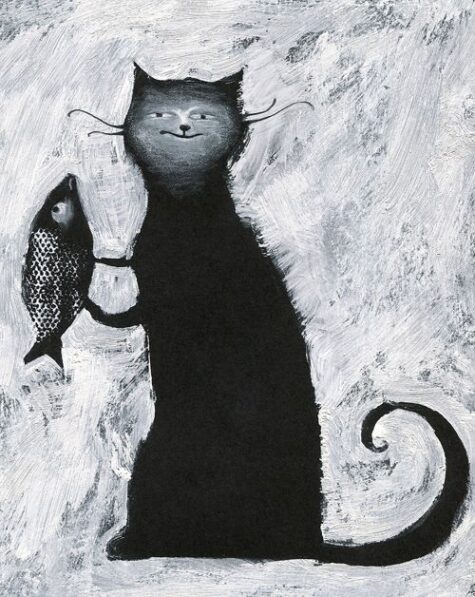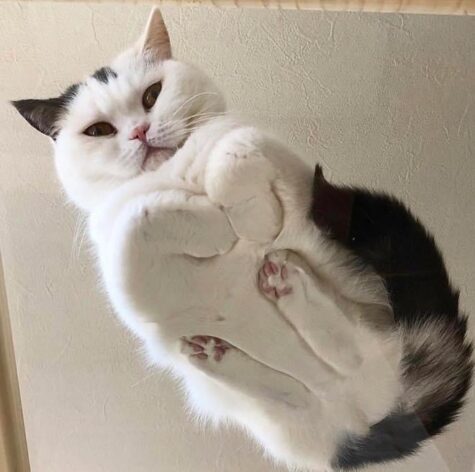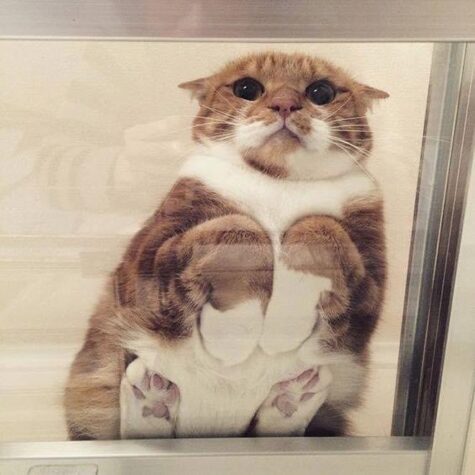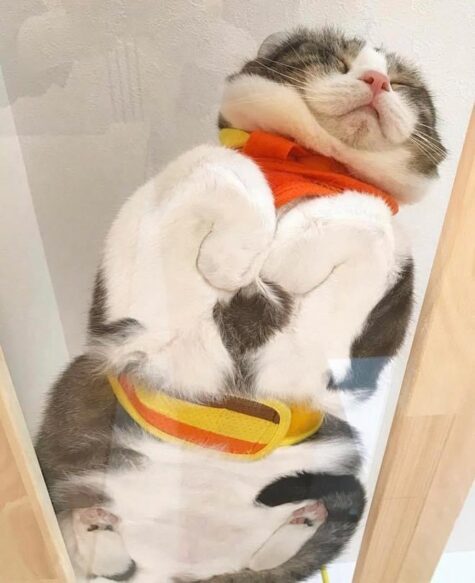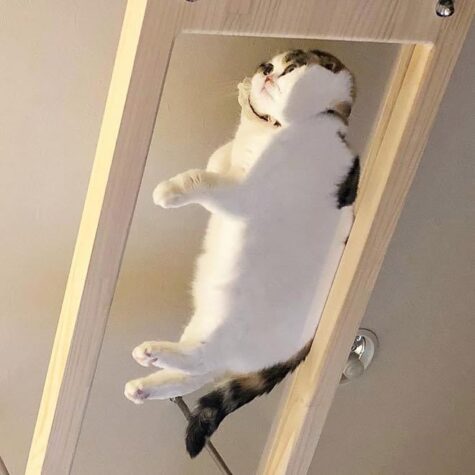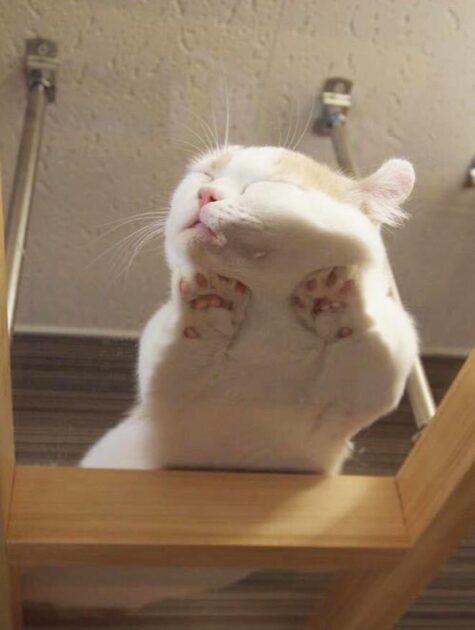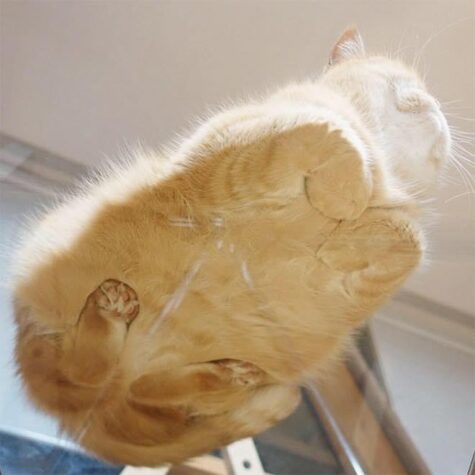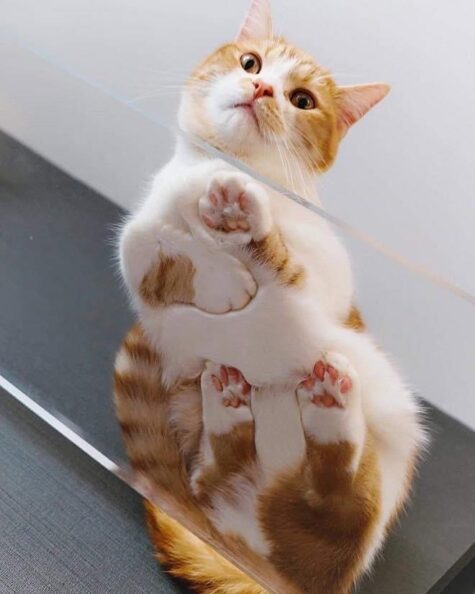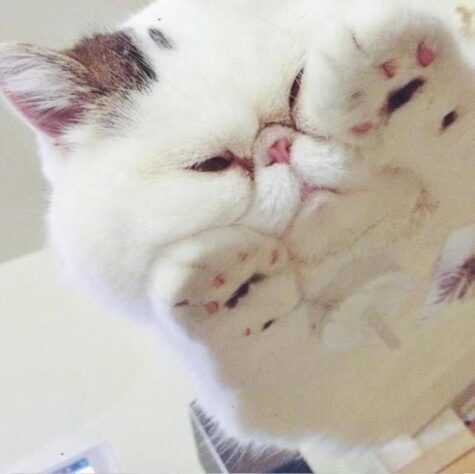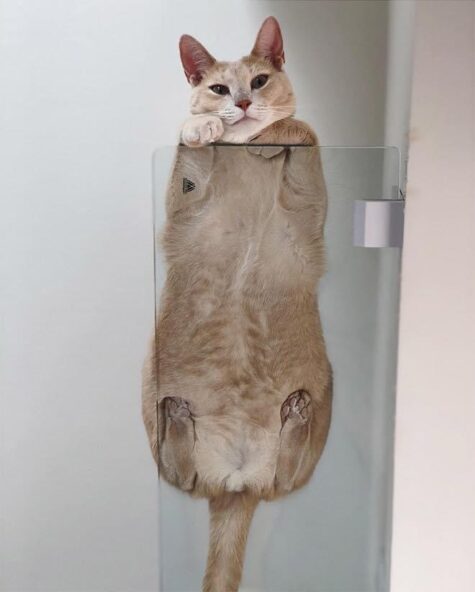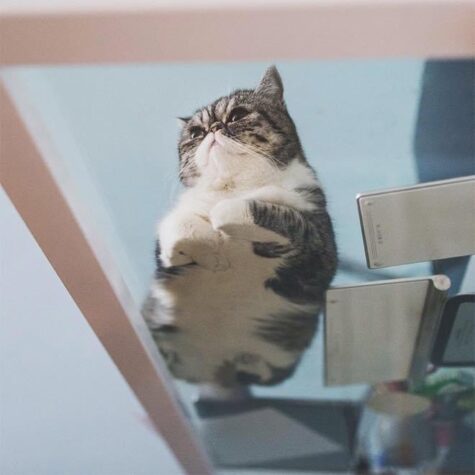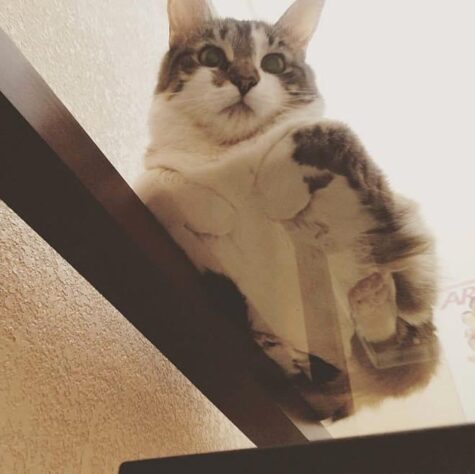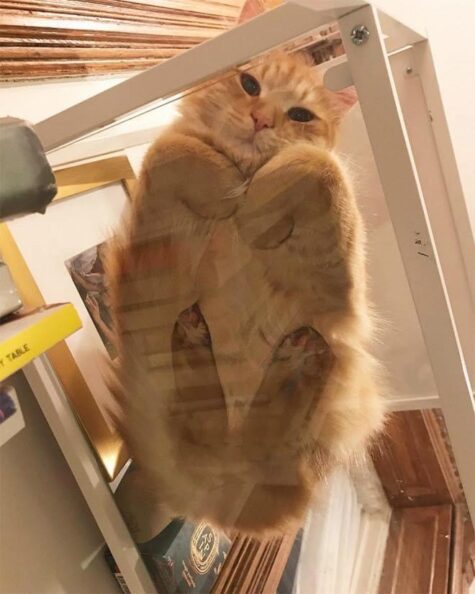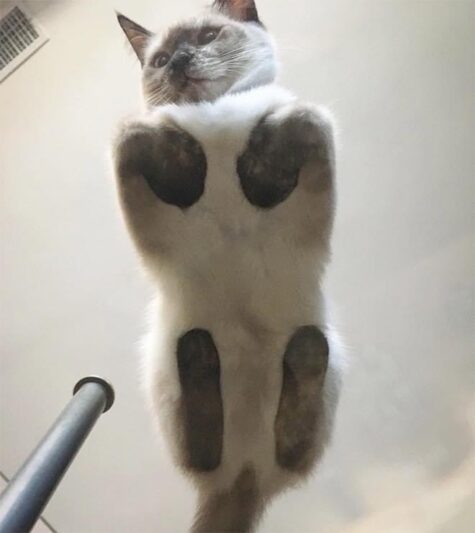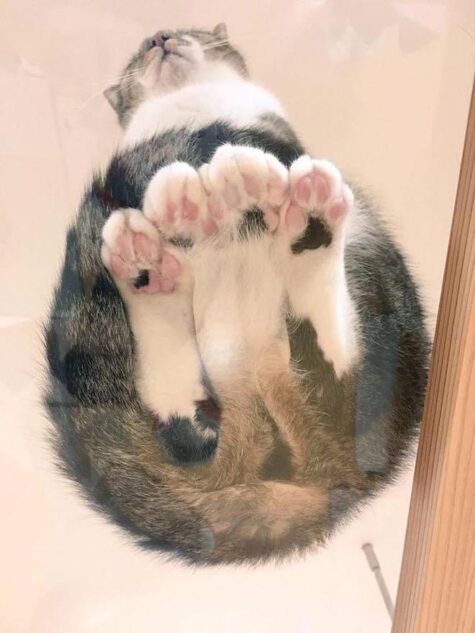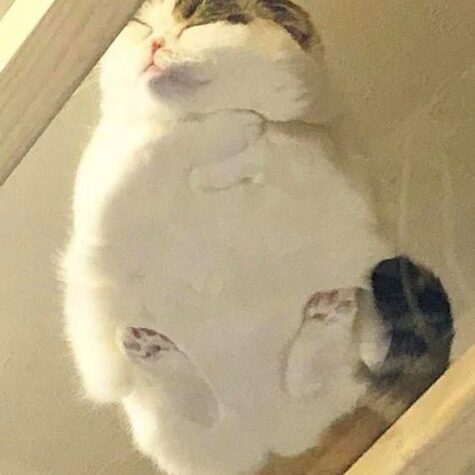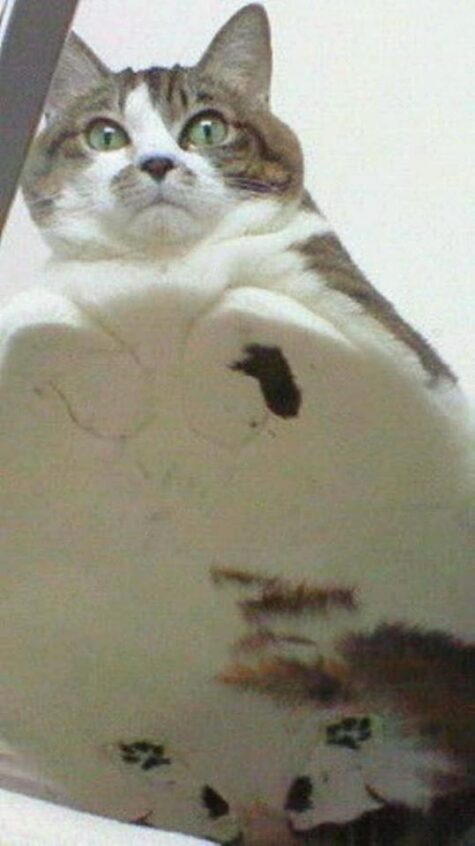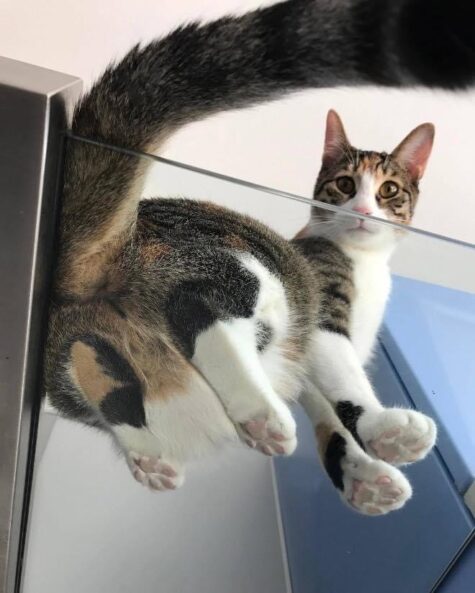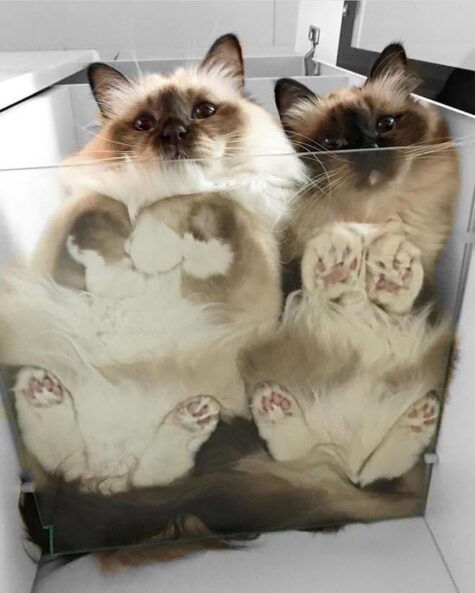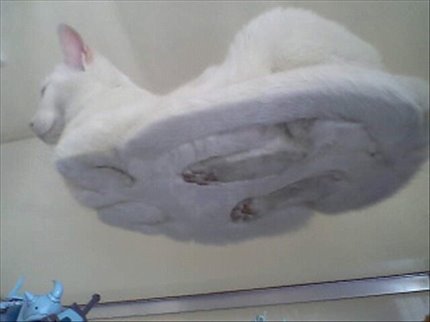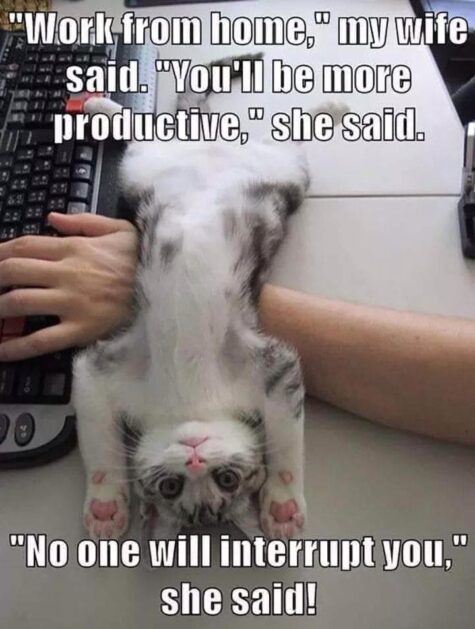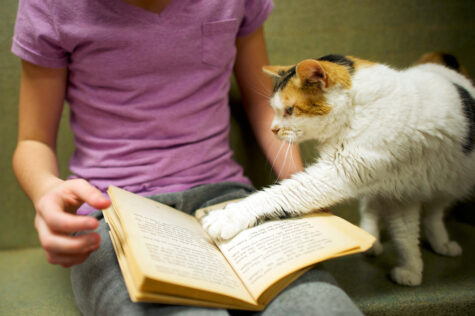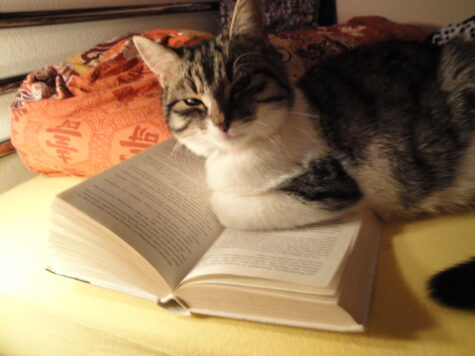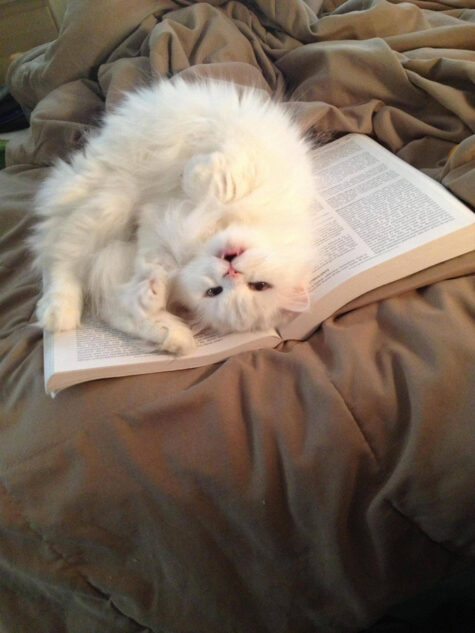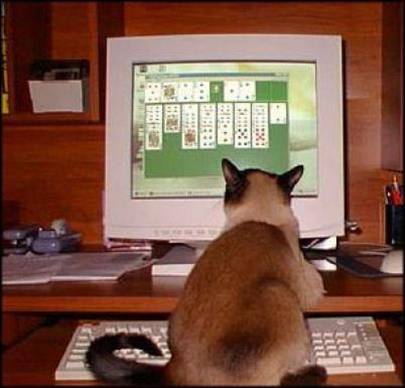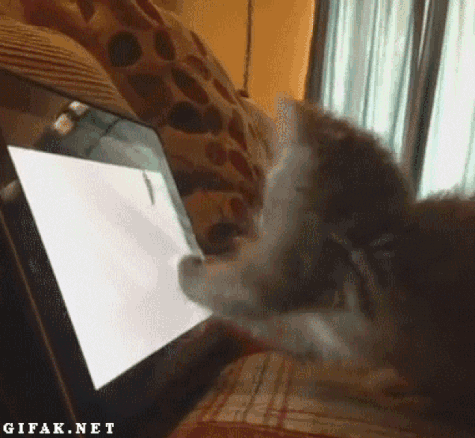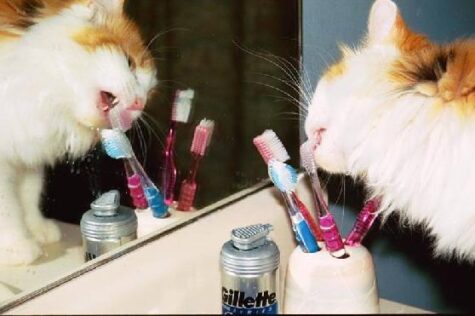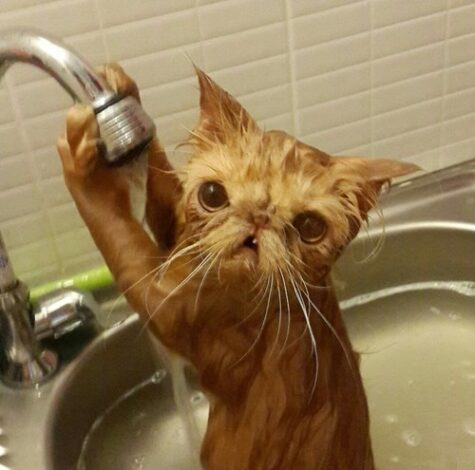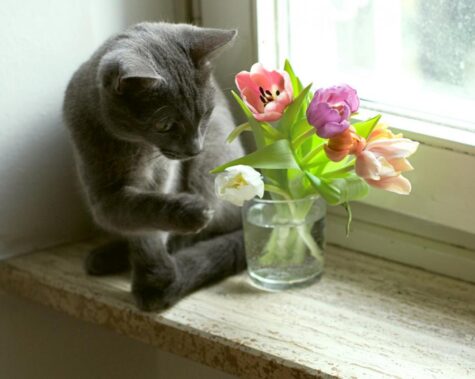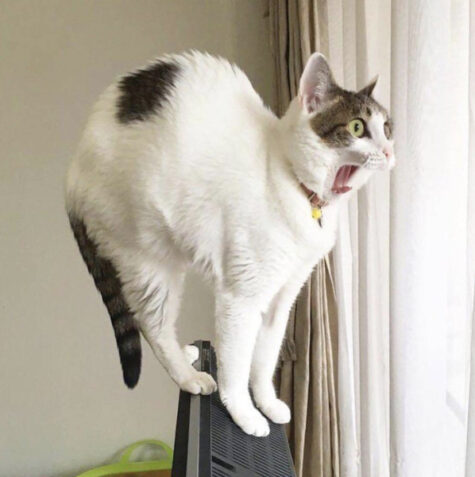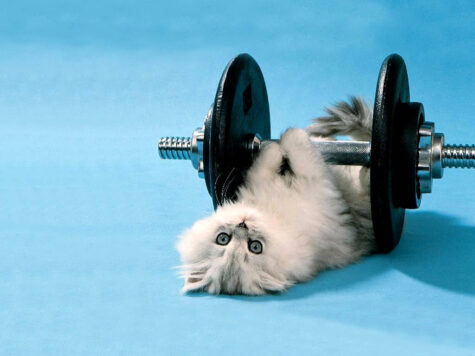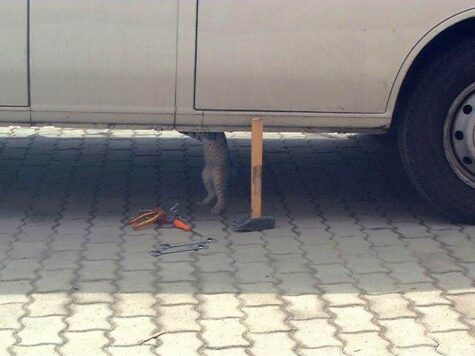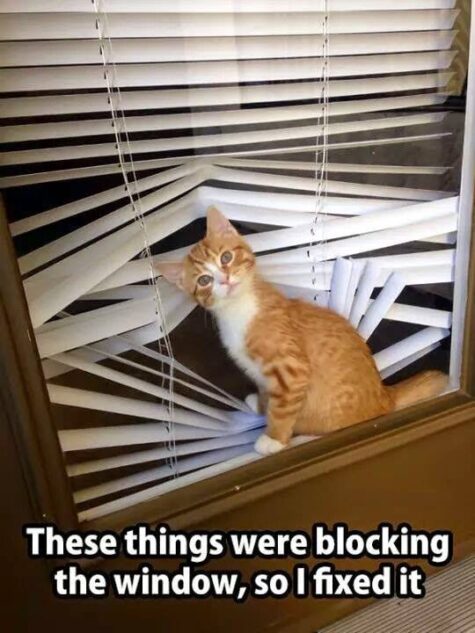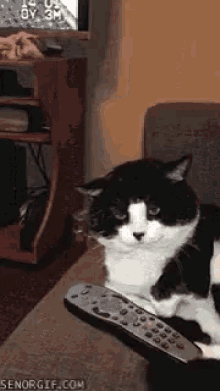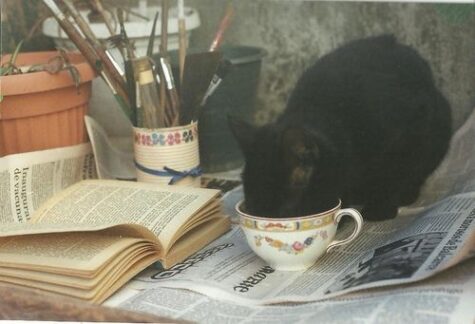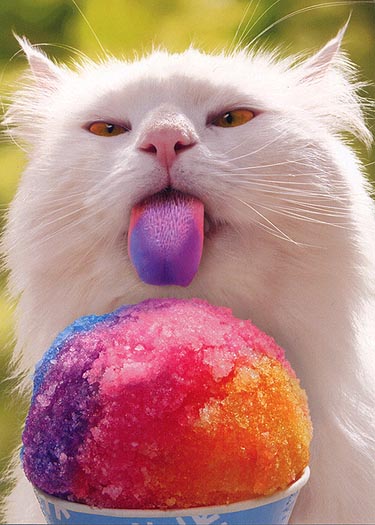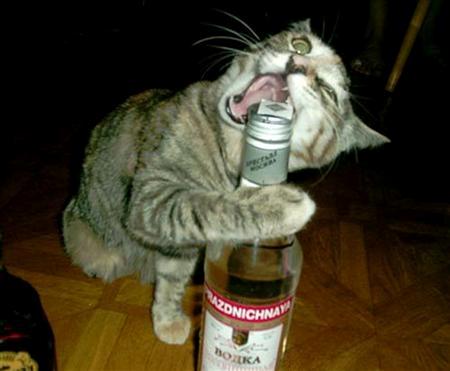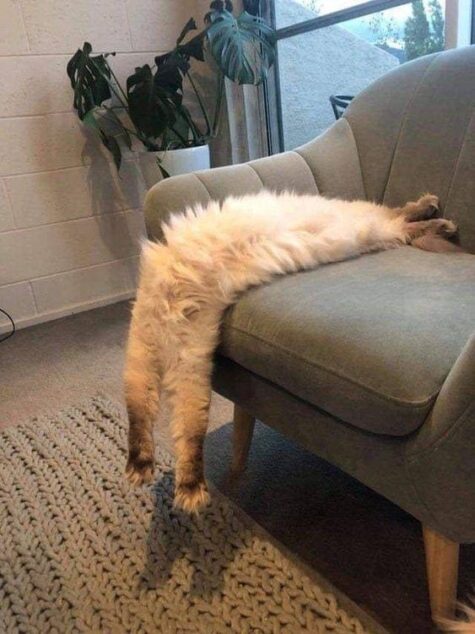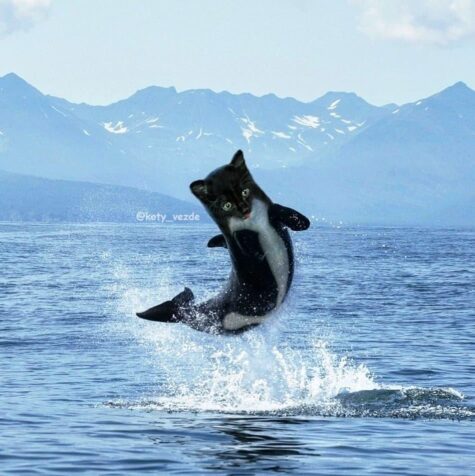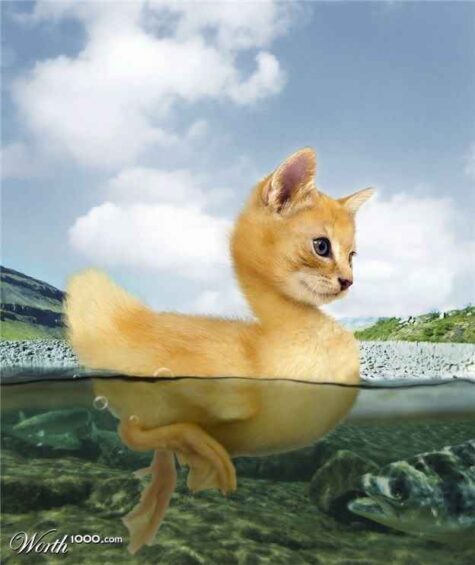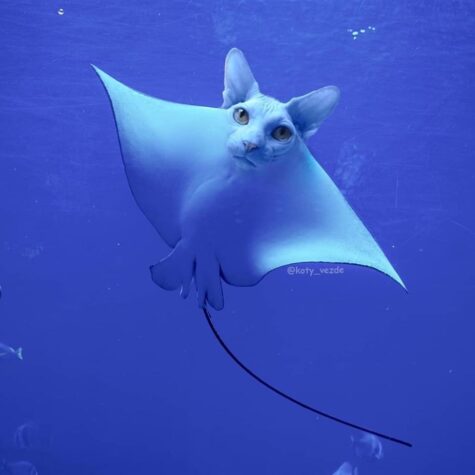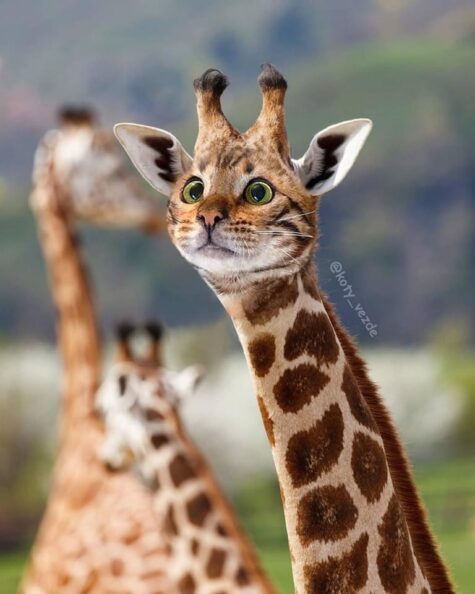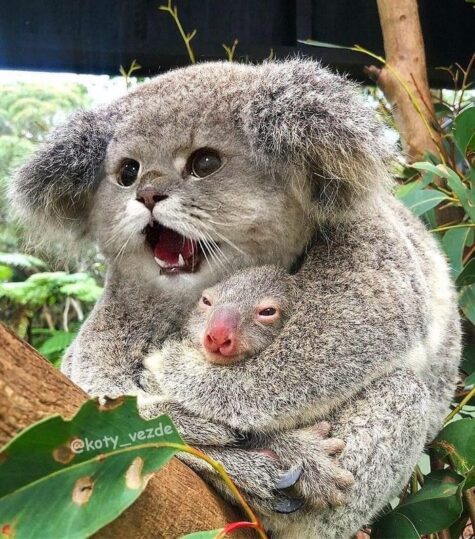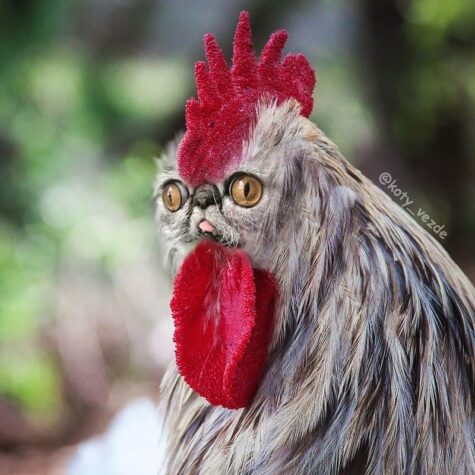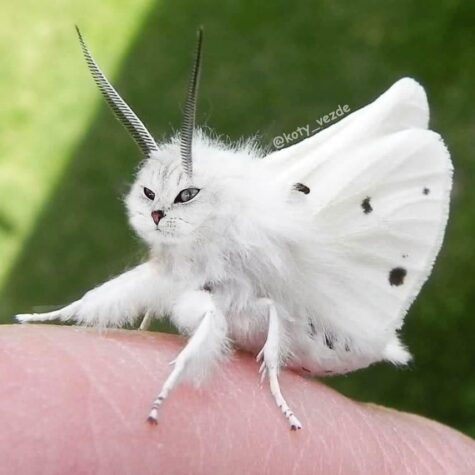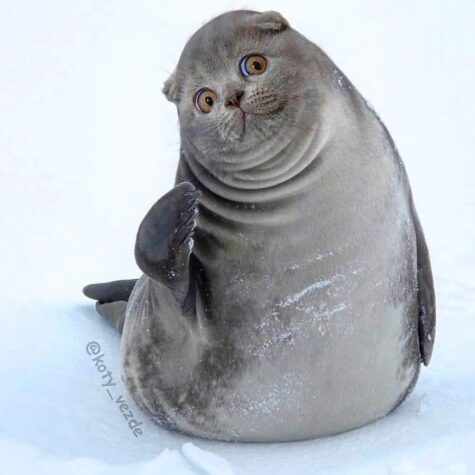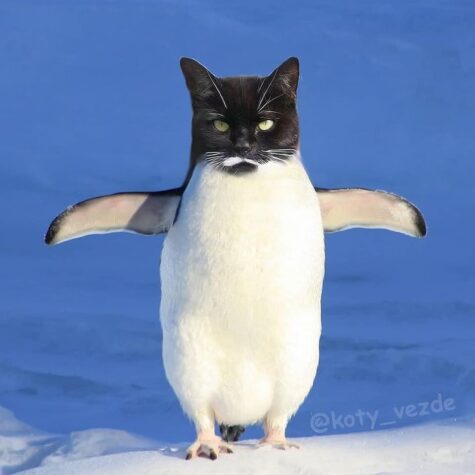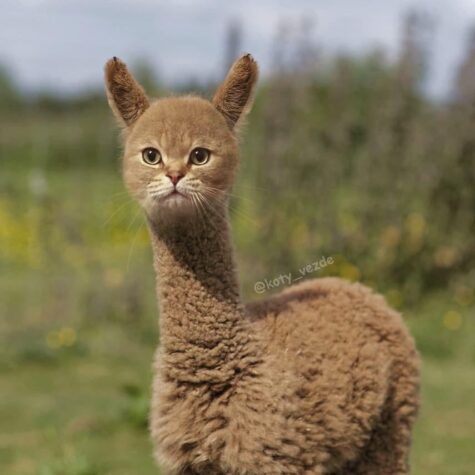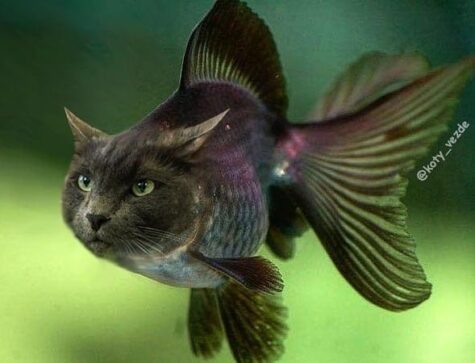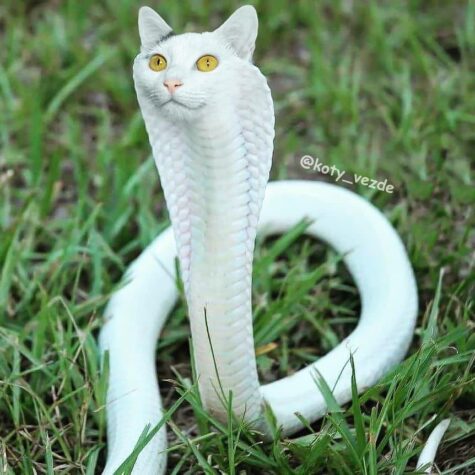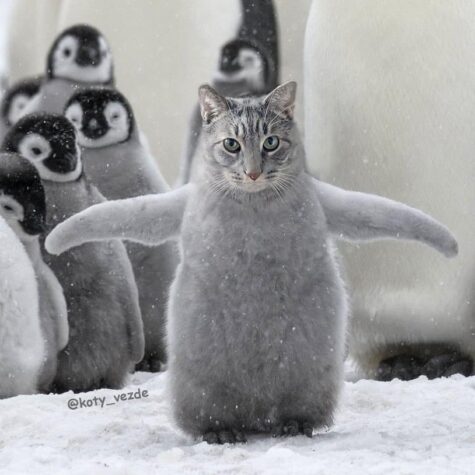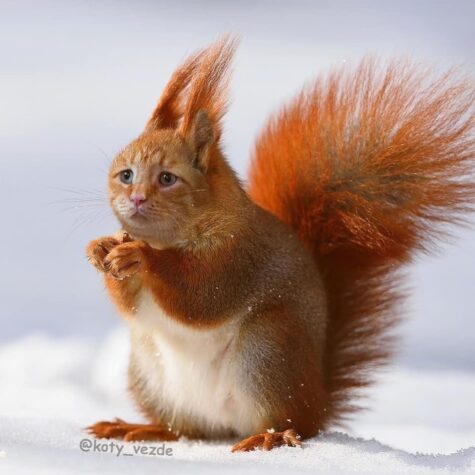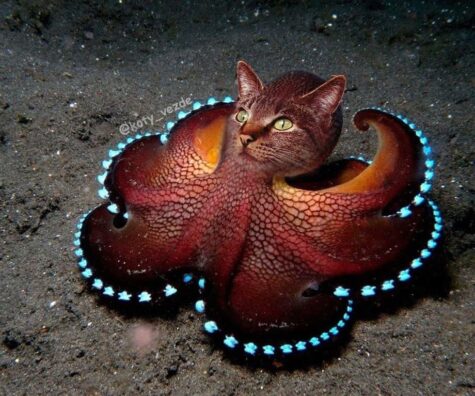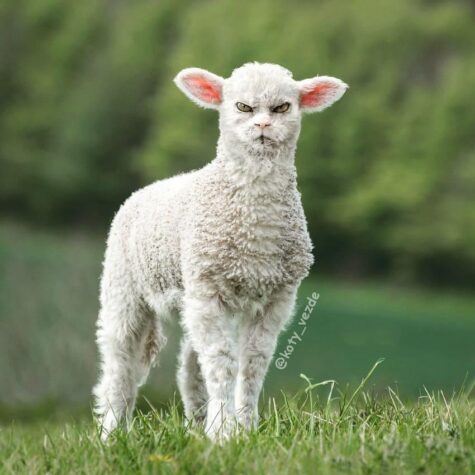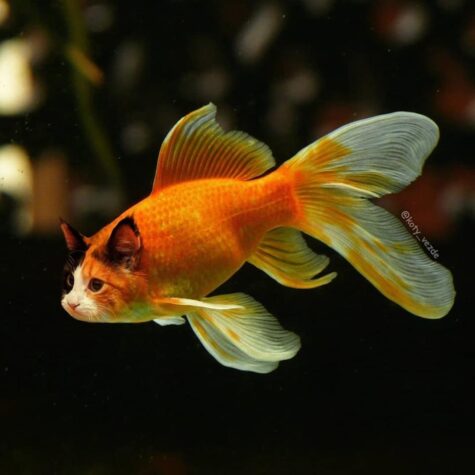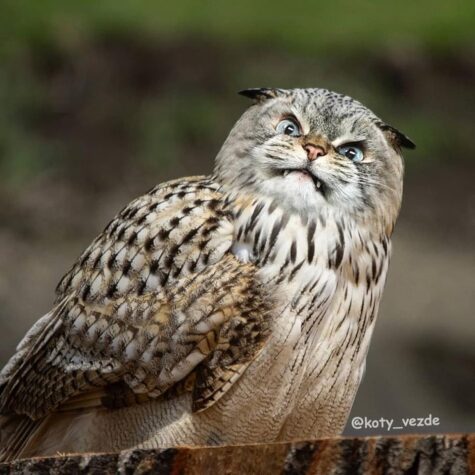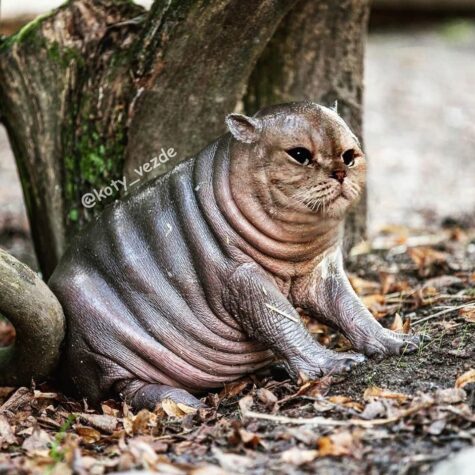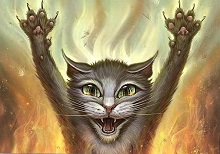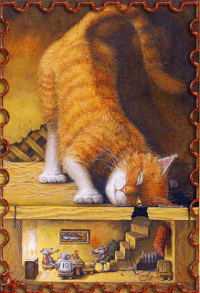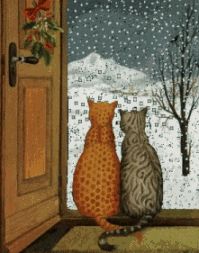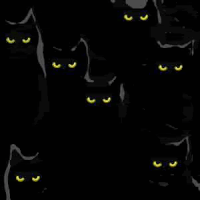Monthly Archives: September 2020
Fifty Fun Facts About Cats
Happy Respect Your Cat Day! (Not that they’d have it any other way.) If you want to celebrate Felis silvestris in all its furry glory, try sharing some of these 50 bits of cat trivia.
1:
Cats spend around 30 to 50 percent of their day grooming themselves. This behavior serves several purposes: It helps cats tone down their scent so they can avoid predators, it cools them down, it promotes blood flow, and it distributes natural oils evenly around their coat, allowing them to stay warm and dry. Grooming also serves as a sign of affection between two cats, and it’s thought that saliva contains enzymes that serve as a natural antibiotic for wounds.
2:
Just because a cat is purring doesn’t mean the cat is happy. Cats often make the sound when they’re content, but they also purr when they’re sick, stressed, hurt, or giving birth.
3:
Scientists don’t quite know why cats purr, but one hypothesis is that the sound frequency of purring—between 25 and 150 Hertz—”can improve bone density and promote healing,” theorizes Leslie A. Lyons, an assistant professor at the School of Veterinary Medicine at the University of California, Davis, in an article for Scientific American. “Because cats have adapted to conserve energy via long periods of rest and sleep, it is possible that purring is a low energy mechanism that stimulates muscles and bones without a lot of energy.”
4:
Ever wonder why catnip lulls felines into a trance? The herb contains several chemical compounds, including one called nepetalactone, which a cat detects with receptors in its nose and mouth. The compounds trigger the typical odd behaviors you associate with the wacky kitty weed, including sniffing, head shaking, head rubbing, and rolling around on the ground.
5:
More than half of the world’s felines don’t respond to catnip. Scientists still don’t know quite why some kitties go crazy for the aromatic herb and others don’t, but they have figured out that catnip sensitivity is hereditary. If a kitten has one catnip-sensitive parent, there’s a one-in-two chance that it will also grow up to crave the plant. And if both parents react to ‘nip, the odds increase to at least three in four.
6:
Can’t afford a private eye? A feline might be able do the job for free. In the 1960s, ambassador Henry Helb—who then lived in the Dutch Embassy in Moscow—noticed that his two Siamese kitties were arching their backs and clawing at one of the walls. Helb had a hunch that the cats heard something he couldn’t, and sure enough, he found 30 tiny microphones hidden behind the boards.Instead of busting the spies, Helb and his staff took advantage of the surveillance and griped about household repairs or packages stuck in customs while standing in front of the mics. The eavesdroppers took care of their complaints—and apart from Helb and his companions, no one was the wiser.
7:
Chances are, your cat hates your music—but they might like tunes written by composer David Teie, who partnered with animal scientists to make an album called Music for Cats. Released in 2015, the songs are “based on feline vocal communication and environmental sounds that pique the interest of cats,” Teie’s website states.
8:
If you adore felines, you’re in good company: Many of history’s most famous figures—including Florence Nightingale, Pope Paul II, Mark Twain, and the Brontë sisters—all owned, and loved, cats.
9:
Still, the title of history’s craziest cat man might go to Abraham Lincoln. Mary Todd Lincoln was once asked if her husband had any hobbies. Her response? “Cats!”
10:
A kindle isn’t just an e-reader—it’s also a word that’s used to describe a group of kittens born to one mama cat. Meanwhile, a group of full-grown cats is called a clowder.
11:
The Guinness World Records doesn’t award the world’s fattest pets since officials don’t want to encourage people to overfeed their pets. But in 2003, a Siamese cat named Katy was a serious contender for the record. Katy, who lived in Asbest, Russia, was given hormones to stop her mating. The treatment had an unintended side effect: It dramatically increased her appetite, and the hungry kitty ballooned to 50 pounds.
12:
A rich British antique dealer named Ben Rea loved his cat Blackie so much that when he died in 1988, he left most of his estate—totaling nearly $13 million—to the lucky (albeit likely indifferent) feline. The money was split among three cat charities, which had been instructed to keep an eye on Rea’s beloved companion. To this day, Blackie holds the Guinness World Record for Wealthiest Cat.
13:
As for the world’s oldest living cat, the title belongs to a sometimes-cranky white-and-orange kitty named Rubble, who celebrated his 30th birthday in June, 2018.
14:
Ever wondered why your cat likes to rhythmically massage you with its paws? Experts haven’t figured out why cats like to knead, but they’ve come up with several possible explanations, one being that your kitty is trying to mark their “territory” (that’s you!) with the scent glands in their paws. And since kittens knead their mama’s belly to stimulate milk production, there’s also a chance that they carry this behavior into adulthood—a phenomenon known as a “neotenic behavior.”
15:
Looking to elevate your vocabulary? Try using the word ailurophile in a casual conversation. It’s a fancy word for “cat lover,” and it’s derived from the Greek word for cat, ailouros, and the suffix -phile, meaning “lover.” Conversely, the word ailurophobe—a combination of ailouros plus phobe—describes someone who hates cats.
16:
In 2015, a 6-by-8.5-foot oil painting billed as the “world’s largest cat painting” sold at auction for more than $820,000. It’s called My Wife’s Lovers, and it once belonged to a wealthy philanthropist named Kate Birdsall Johnson. She loved felines so much that she owned dozens (some even say hundreds) of kitties, and commissioned a painter to capture her Turkish Angoras and Persians in their natural element. Since Johnson’s husband called the clowder “my wife’s lovers,” the nickname was selected as the artwork’s title.
17:
Contrary to popular belief, cats don’t always land on their feet when they fall. But more often than not, all four paws end up touching the ground. Cats have a fantastic sense of balance, so they’re able to tell “up” from down and adjust their bodies accordingly. If they sense they’re plummeting downwards, they twist their flexible backbones mid-air, allowing them to right themselves so they don’t fall splat on their backs. Additionally, cats can spread their legs out to “parachute” through the air, plus they’re also small, light-boned, and covered in thick fur—meaning their fall isn’t going to be as hard as, say, a dog’s.
18:
In 2018, America’s most popular cat breed was the Exotic—a flat-faced kitty that’s essentially a short-haired version of a Persian cat. The second most beloved breed was the Ragdoll, and the British Shorthair ranked at No. 3.
19:
The musical Cats is based on a collection of T.S. Eliot poems called Old Possum’s Book of Practical Cats. Published in 1939, it follows the whimsical antics of a group of felines—but the manuscript was originally intended to feature dogs, too. In the end, though, Eliot determined that “dogs don’t seem to lend themselves to verse quite so well, collectively, as cats.”
20:
On October 18, 1963, French scientists used a rocket to launch the first cat into space. The feline’s name was Félicette, and she made it safely to the ground following a parachute descent.
21:
A train station in Southeastern Japan is presided over by an adorable “stationmaster”: a 6-year-old calico cat named Nitama. The Kishi train station near Wakayama City hired Nitama in 2015, just a few months after its prior feline mascot, Tama, died from acute heart failure at the age of 16.
22:
Even if you’re not allergic to cats, your cat might be allergic to you. One in 200 cats are believed to have asthma—and this number continues to rise among indoor kitties as they’re more frequently exposed to cigarette smoke, dust, human dandruff, and pollen.
23:
Greyhound dogs are the ones with a bus line named after them, but cats are pretty speedy, too: The average running feline can clock around 30 mph.
24:
Nobody quite knows why black cats are considered to be bad luck, but this myth has persisted across Western civilization for centuries. Felines with dark fur first became linked with the Devil during the Middle Ages, and when the Black Death pandemic ravaged Europe in the mid-14th century, superstitious individuals responded by killing off the black cat population. Little did they know that vermin carried the deadly disease and that the rodent-eating cats actually helped curb its spread. And black cats eventually became associated with witches because women accused of practicing black magic tended to adopt alley cats as companions.
25:
Black cats are considered to be a bad omen in the U.S., but in Great Britain and Japan, they’re perceived as auspicious. In the English Midlands, new brides are given black cats to bless their marriage, and the Japanese believe that black cats are good luck—particularly for single women. Meanwhile, the Germans believe that a black cat crossing your path from left to right is ominous, but if the feline switches directions and goes right to left, it’s fortuitous.
26:
The ancient Egyptians revered cats, and even worshiped a half-feline goddess named Bastet. People who harmed or killed cats faced harsh legal sentences, including the death penalty.
27:
The world’s first major cat show was held at London’s Crystal Palace in July 1871. Hundreds of felines (and dozens of breeds) were placed on display, and around 200,000 guests are said to have attended the event.
28:
Remember Nyan Cat? The famous viral meme of a gray kitty with a Pop-Tart body who shoots rainbows from its posterior (the internet, folks!) was based on a real-life feline: a Russian Blue named Marty, owned by Nyan cat illustrator Chris Torres.
29:
Most cats weigh in the single or low-double digits, but some breeds are truly huge. For instance, Norwegian Forest Cats, Maine Coons, and Ragdolls often range in weight from 15 to 22 pounds.
30:
Long before Keyboard Cat took the internet by storm, inventor Thomas Edison filmed two kitties “boxing” inside a ring. Created in 1894, the brief clip proves that humans have been obsessed with cute cat videos since long before the advent of YouTube.
31:
Remember Socks the Cat, the black-and-white tuxedo cat owned by Bill Clinton’s family during his time in the Oval Office? During the early 1990’s, Super Nintendo Entertainment System created a video game called Socks the Cat, featuring the First Feline. It was never officially released, and when the game’s publisher shut down, Socks the Cat was lost for years, until video game collector Tom Curtin bought the (reportedly) only existing copy, purchased the rights, and partnered with game publisher Second Dimension to give it a second life. Socks the Cat was slated for an official release in 2017.
32:
Some Maine Coon cats are born with six toes.
33:
Sphinx cats don’t have fur coats, but their body temperature is still four degrees warmer than a typical feline.
34:
Male cats have barbed penises. While painful for the lady cat, they do serve a purpose: The barbs stimulate the vulva, allowing the female to ovulate, and they also keep her from escaping mid-coitus. (Felines are typically loners, and not that into sex.)
35:
If you went to college, you’re more likely to have a cat than a dog. In 2010, researchers from the University of Bristol surveyed 3000 people about their pets, geography, and scholastic history. They found that people with university degrees were 1.36 times more likely to own a kitty than other pet owners. This phenomenon might be attributed to the fact that cats are low-maintenance, and therefore better companions for accomplished people with busy careers.
36:
Why do cats love to cuddle up in boxes? Animal experts think that the enclosed spaces make felines feel more protected, secure, and important—kind of like they’re back in the womb. (Sure enough, researchers found that when shelter cats are provided with boxes to cuddle up in, they adjust faster and are less stressed than kitties that aren’t given boxes.) Also, sleeping in a box might help a feline retain more body heat so it stays nice and toasty, and therefore relaxed.
37:
Experts think that cats hate water because it’s uncomfortable to have soggy fur, or because it’s frightening for a kitty to lose control of its buoyancy.
38:
While many kitties hate water, not all do. Breeds including the Turkish Van, Maine Coons, and Bengals are said to enjoy taking a dip every now and then.
39:
Cats are genetically predisposed to not be able to taste sweets. They will likely nibble off your plate if it contains meat, but they’ll leave it alone if it’s laden with cake.
40:
A cat has 244 bones in its entire body—even more than a human, who only has 206 bones.
41:
Nobody knows quite why cats meow, but experts think they might be channeling their inner kitten. Baby cats make the plaintive noises to get their mother’s attention, but as full-grown felines, they don’t meow while interacting with other cats. Some experts think that felines use the noises they made as infants with humans to convey their emotions and physical needs.
42:
Cats sweat through their paws (and sometimes when they get very hot they pant).
43:
According to one estimate, a cat spends nearly two-thirds of its life asleep.
44:
The iconic Algonquin Hotel in midtown Manhattan owns a pampered lobby cat named Hamlet. He’s one of a dozen rescue felines that have lived in the storied institution since the early 1920s. Hamlet took over the post following three Matildas. (Matilda III passed away in October 2017.)
45:
In the 1870s, the city of Liège, Belgium tried to train 37 cats to deliver the mail. Letters were enclosed in waterproof bags tied around the kitties’ necks, but it turns out that cats weren’t great at delivering the goods on time (or to the correct address).
46:
Approximately 200 feral cats roam the grounds of Disneyland, where they help control the amusement park’s rodent population. They’re all spayed or neutered, and park staffers provide them with medical care and extra food.
47:
The Hungarian word for “quotation marks,” macskaköröm, literally translates to “cat claws.”
48:
Napoleon, Caesar, Genghis Khan, and Hitler are all said to have hated cats.
49:
There are an estimated 85.8 million pet cats in the U.S. In contrast, there are only an estimated 78 million dogs.
50:
A cat can jump up to five times its height, or six times its length—and make the entire thing look easy.
Source: Mental Floss
If Microsoft Made Cats
If microsoft made cats instead of computers, here is what you might expect:
- MS stands for Moggy-Soft (UK version) or Meow-Soft (US version).
- PC stands for PussyCat, the standard platform on which the Moggy-Soft/Meow-Soft operating system is installed. It will also run on a Laptop PC.
There is no Command Line interface since MS-Cats do not take commands; they process suggestions using fluffy logic.
MS-Cats come with a single user licence. If you want a family cat you must purchase CatNT, the multi-user version.
Each MS-Cat package is totally unique and cannot be transferred from one PC to another. Should you transfer your PC to another user, you must transfer it with the MS-Cat software preinstalled.
Under the MS-Cat purchase deal, you may opt to purchase a MS-Kitten (the cut-down version of MS-Cat). However, MS-Kitten is a developing application and as more and more patches are installed it will eventually inflate to the size of MS-Cat. It is recommended that you buy MS-Cat as the bugs and quirks will already be known (although there is nothing to stop new ones from developing due to the complex and subtle interaction of the various MS software options).
Every time you upgrade to a new MS-Cat, it looks and feels the same but acts totally differently.
If MS-Cat or MS-Kitten requires a software upgrade it will spontaneously download the appropriate items with minimal user intervention.
- Note: Due to the application of fluffy logic, some patches may adversely affect performance and require tailoring by the user.
- Note: Anti-Trust Laws require that we point out that Mewnix may be used as an alternative operating system on MS-Cat compatible platforms.
Bundled Items:
- CLAWS
Claws is a standard feature which comes bundled with MS-Cat. There is currently no option to buy MS-Cat without this item. CLAWS is pre-installed and it is up to the user must uninstall it at additional cost..
Note: In countries such as the United Kingdom, CLAWS may not be legally uninstalled except where it is causing severe system degradation as opposed to mere user inconvenience.
- DIS-ORGANIZER
The standard MS Dis-Organizer will ensure that you cannot find small items such as keys, wristwatches or jewelry and that you encounter other items (dead mice, poopies, pukies) at the most inconvenient times. It will help you to miss some engagements completely and to turn up late for others.
- POWER-SAVE
MS-Cat will periodically enter Power-Save mode to conserve system resources. Power-Save mode may be spontaneously engaged either when the system has been idle for some time or in response to a period of high activity. Do not be alarmed if MS-Cat invokes Power-Save in the middle of an intensive activity operation. This is a perfectly normal although mildly irritating response to resource drain. The system will Re-Boot when it is ready and not before!
- BOOT/RE-BOOT
Installed, but only available to specialist engineers! You must not attempt to Boot your MS-Cat; this is done at system initialization before it leaves the factory. Your MS-Cat operating system will automatically put the host PC or Laptop into Power-Save mode and cause it to Reboot itself periodically throughout the day and night If your MS-Cat suffers erratic performance or fails to boot fully, consult a veterinarian or similarly qualified specialist to Reboot your MS-Cat for you.
- SELF-SHUTDOWN
All MS products are designed with built-in obsolescence. Due to a unique “randomizing” factor, only the MS-Cat knows this date. It is not user accessible unless you have cause to prematurely close the unit down due to a terminal fault. Self-shutdown is normally preceded by gradual and noticeable operating system degradation. Once closed down in this way, any MS-Cat stored data cannot be salvaged. The self-shutdown program cannot be uninstalled.
- SYSTEM THRASHING WARNING SIGNAL
Conveniently located at the aft end of the cat above the waste outlet valve. Be careful of tail thrashing! Ignoring this warning signal may result in damage to the operator.
Purrifurrals
A number of purrifurrals are supported by MS-Cat e.g. scrunchy wad of paper, catnip mousie, jingly ball. Others may be added at the owner’s discretion.
Note: Some proprietary add-ons will fail to install. This is perfectly normal.
Despite 100% compatibility with the MS-Cat operating system, a random error generator ensures that each is unique in the number and range of supported third party add-on hardware. Use of purrifurrals will enhance operator enjoyment of the system, but may temporarily deplete system resources resulting in sudden activation of Power-Save mode.
MS-Cat reserves the right to ignore selected purrifurrals, either temporarily or permanently, for no particular reason. When this occurs, replace the purrifurral with something newer and flashier.
By Messybeast
Hover Cats
Coworker Cats
Pandemic lock downs mean more people working from home. If you have a cat, you will have a very “helpful” coworker!
Books are especially interesting and require quite a lot of supervision and commentary!
But when it comes to the laptop and PC, cats rule!
And if you need help organizing your briefcase, your coworker cat is more than willing to help.
And the help doesn’t stop there!
Nobody helps with personal hygiene quite as well as your cat!
Even your morning make-up routine gets a helping “hand.”
But wait, there’s more!
You have a flower arranger…
An art class supervisor…
Someone to keep an eye on the neighbors…
Your co-working kitty is there for you when you work out.
Who doesn’t appreciate a coworker who is there to help anytime your car needs repair? Yes. Your cat coworker is a fix-it specialist!
And when it comes to television time?
Your coworker has the skills and determination to successfully monitor what and when you watch TV.
However, when a break is needed, or snacks and drinks are called for, your co-working cat is right there with you.
And at the end of the day?
